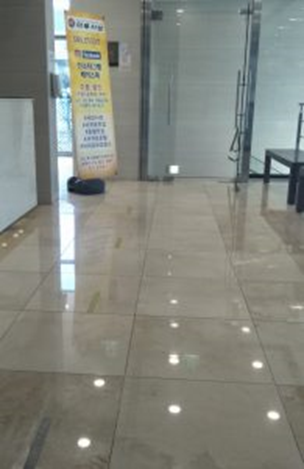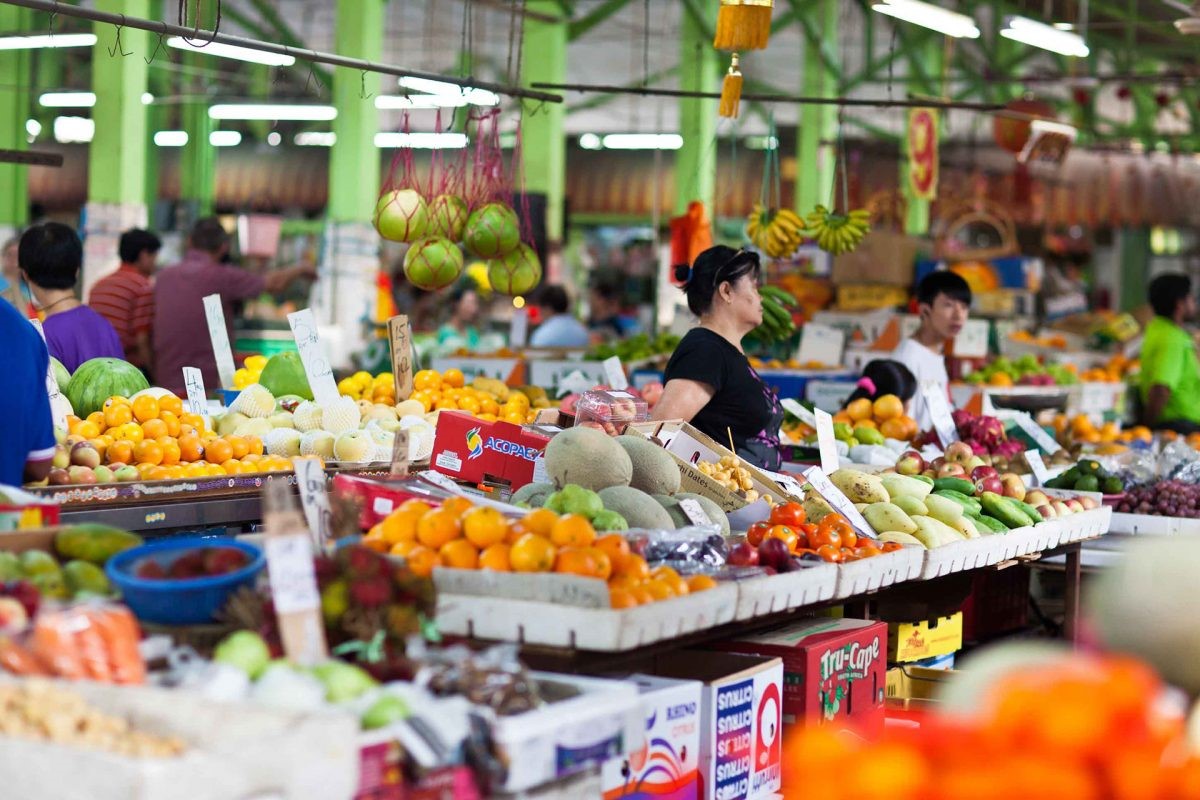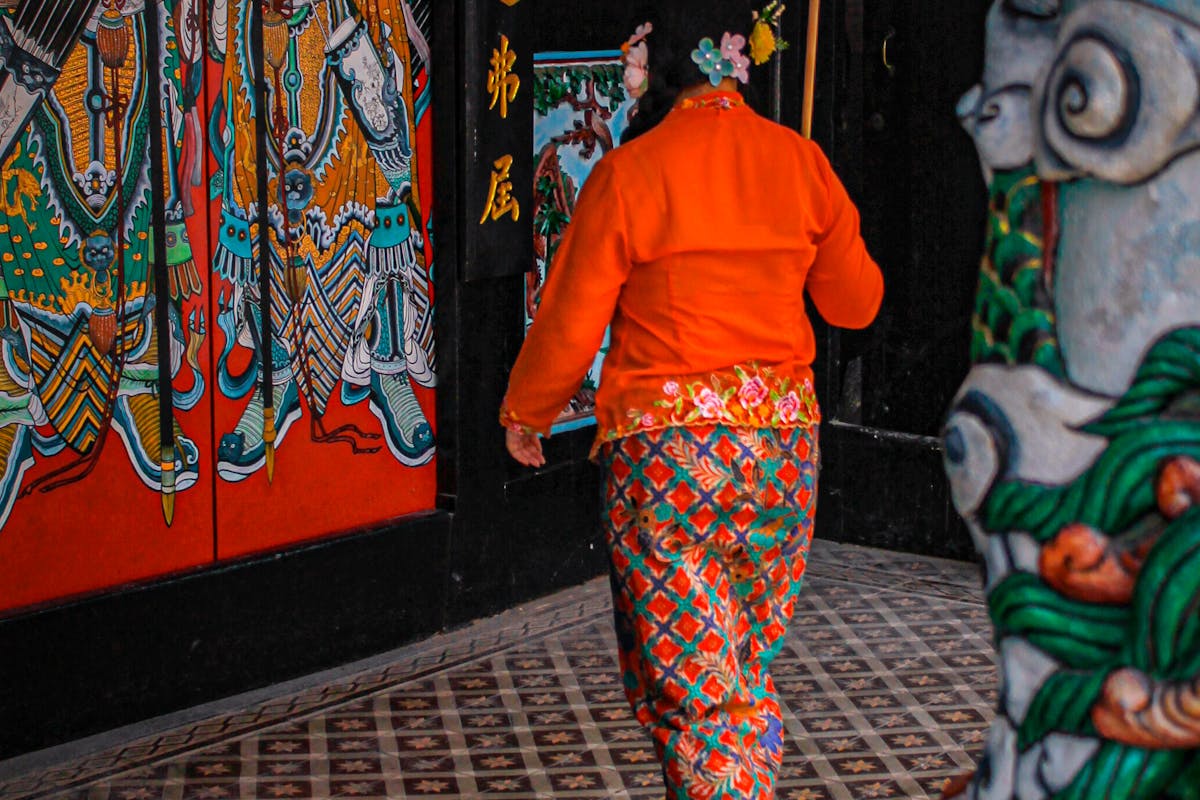While on holiday in South Korea about two months ago, I noticed physical banners to highlight SNS events, or more specifically social network services events. These banners were obvious and could be found almost everywhere – from outside a restaurant to being visible from your vehicle window. My initial impression of them was why would companies/businesses need to do so when they could just go ahead with digital-only forms of promotion?
Unfortunately, on the day that I felt the urge to ask our tour guide cum driver, we were exhausted from travelling. Therefore, I decided to turn to one of my Korean friends, whom I met through the book club that’s offered in the pre-university programme I was enrolled in. Please note that upon graduation from the internationally-recognised programme, her proficiency in English had improved, I’m able to communicate with her slightly more now. However, I’m not proficient in Korean, although I tried learning a few words/phrases, given the number of Korean students in the programme and the overall popularity of K-Pop in Malaysia.
These are some of the main points I gathered from both conversing with her and my own research:-

It is one of the ways of marketing via social network services. On the image that I had taken and shown her (pictured), she described that the banner was put outside a restaurant – as part of the promotion, customers are asked to take photos of their food, which, in turn, make them eligible for discounts or free drinks on the spot. These pictures/photos are to be posted on the customers’ personal Facebook or Instagram accounts, along with the relevant hashtags determined by the restaurant. She explained that if other potential customers were to search for their restaurant on these social network services, there will be many posts to attract. Standing physical banners like the one I had pointed out to her usually cost about KRW30,000 (and up) (MYR105.21), depending on the size and design.
It is also worth noting that SNS events can take place on other networks like Kakao Talk (South Korean messaging app) and LINE (from Japan), which have business chat pages and messengers.
In South Korea, fixed broadband (Internet connection) is one of the top in the world. Meanwhile, for mobile Internet, it is the top in the world. Expanding on mobile data, while there are many rates, my friend related to me that she used to pay (on contract) KRW110,000 per month for unlimited data, inclusive of phone instalment. However, in line with lifestyle changes, she switched and is currently paying KRW74,000 for 2GB per month. She added that, now that she has no more instalment payments to be made, she’s paying KRW30,000 per month instead. There are also points given monthly, so she could exchange her points for mobile data too.
In South Korea, most public places are Wi-Fi-friendly. It is usually easy to connect because you are auto-connected, provided you have a data plan. The telcos in South Korea cover Wi-Fi in public areas.
The Busan native also told me that it is common today for South Koreans to opt for online searches, purchases and transactions. Based on my own research, I found that South Korea has a strong national connectivity plan that has been put in place since the 1980s. With a vibrant private sector, as well as public-private partnerships, it is no surprise why the South Koreans have access to high-speed Internet at an affordable rate.
Notably, as South Korea doesn’t have its own natural resources like petrol or any other means that could help with the country’s industrial development, the South Koreans had to look at other aspects. The South Koreans, in general, are not patient enough to wait for things to happen or be completed, according to my friend. They would always want something to be done/solved fast, efficiently with their ‘quick, quick’ mentality. The South Koreans are also adept at providing feedback, so the relevant authorities/parties will have to take action the soonest possible. In fact, it is actually the reason why South Korea was developed in a short time. So, a highly motivated workforce, speed and improved methods of getting results explain why South Korea is what it is today.
In Malaysia, as my friend enlightened me, so far, efforts to market via social media include:-
- ‘Liking’ a business page on Facebook or ‘Following’ a business page on Instagram
- Writing reviews on Facebook
Well, I won’t say they’re wrong methods of marketing via social media but if businesses keep on using these, customers would always want to know ‘What’s next?’ In many cases, customers are likely to regard taking such actions as trivial, particularly if you only visit the premise/outlet as and when necessary. Sometimes, you may decide not to patronise after a couple of visits, so there’s little motivation for you to participate in either of these ‘Liking’ or ‘Following’. If you do have (social media) accounts but are not as active, this can be a turn-off. You’d also want to consider who’s behind these business pages. I, for one, am somewhat picky as to what and how many (business) pages I like on Facebook. Logically, nobody likes their news feeds to be cluttered. In fact, there was this Korean-inspired flower café (in Malaysia) that I found quite interesting, so I went to their Facebook page and ‘Liked’ it. Unfortunately, the café closed down about two years later (from my first and only visit). Additionally, unless you have something to say or stress about the products/services, chances are you would not take your time to write (lengthy) reviews on the corresponding business page on Facebook. Reviews are also subjective to a person’s tastes/preferences.
While high-speed Internet is not exactly unheard of in Malaysia, new packages were introduced by telcos in 2018, after government intervention, resulting in more Malaysians signing up for high-speed Internet. I was one of those long-time fixed broadband subscribers who decided to submit my application for high-speed Internet this year, judging from how a) the previous speed was affecting my workflow and productivity, and b) many relatives, friends and neighbours have made the switch.
So, how ready are you, as a Malaysian, for these banners that are part of social media marketing?
Notes:
In May 2018, as reflected by the results of the 14th General Election (GE14), a change of government took place in Malaysia.
The use of hashtags (#) was first suggested by Christopher Messina in a 2007 tweet on the microblogging site, Twitter. User-generated and dynamic, these hashtags let users easily find messages with a particular theme or content. Today, its use has extended beyond the Twitter universe to other social networks like Facebook and Instagram. It is a powerful marketing tool for businesses that can lead users to discuss certain issues/themes.
SOURCES :
https ://www.budde.com.au/Research/South-Korea-Mobile-Infrastructure-Broadband-Operators-Statistics-and-Analyses
https://www.publicknowledge.org/blog/why-does-south-korea-have-faster-internet-for-a-cheaper-price-tag/
https://www.speedtest.net/global-index/south-korea
https://www.theborneopost.com/2019/06/30/upgrading-the-playing-field-for-telco/
https://www.thestar.com.my/news/nation/2018/10/08/broadband-prices-come-down-more-than-30-reduction-for-entrylevel-packages-after-msap










Showing 0 comments